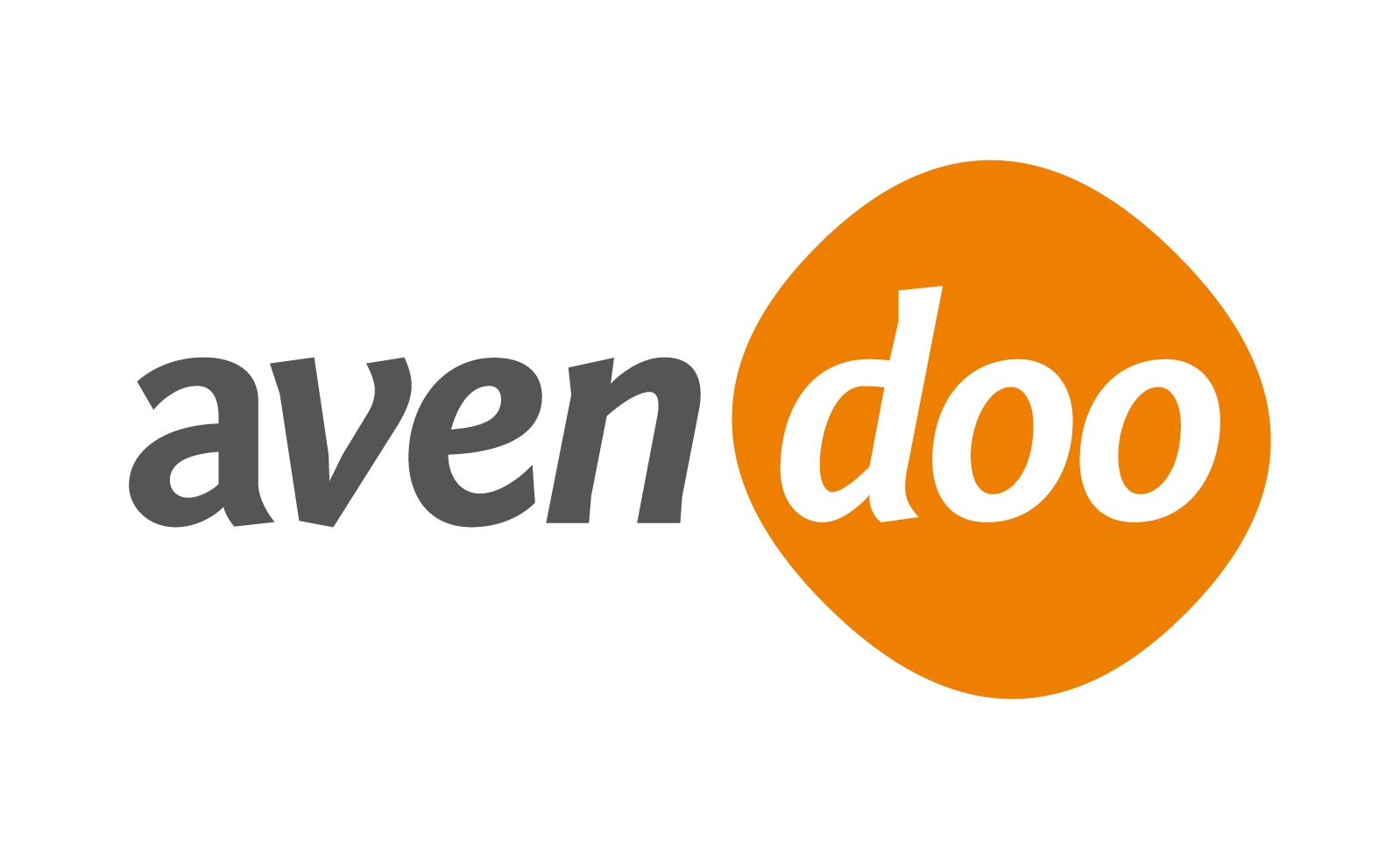Use
Users can be imported in Avendoo®. Depending on each customer these users are exported from existing HR system like SAP or Salesforce and are transferred in our standardized csv. An automatic master data adjustment represents a full adjustment at night and processes that for example new employees imported as users into the Avendoo® learning world or new content will be added to existing accounts like a new last name after a marriage. Employees who drop from system can be anonymized or deleted automatically by the user master data adjustment.
The goal is the automated creation of a file which contains the data of all employees. This file can be read automatically via a Java program on a regular basis. Thus you can update daily or weekly the data of the employees in your learning management system. The data transfer is processed via a SSL secured connection.
Superiors and team leaders
The CSV template contains the column “superior_login”. You can enter the superior of a learner via his/her login name in this column. Note that there can be only one direct superior per learner.
Additionally, you can name this superior to a team leader via the OU of the learner. To do this, you assign team leader rights per permission group (remark: you can define a permission group for all persons listed in the CSV file) and per client setting “Automatic team leader configuration” in the activation client.
In the system setting “user.update.teamleader.depth” it’s defined per default, that the superior or team leader should only see the first, this means the directly assigned OU hierarchy level. You can configure a inheriting per further OU hierarchy levels in this system setting.
Prerequisites
If click the following button, you can download an EMPTY CSV template.
If you click the following button, you can download a CSV file with examples.
Note the following prerequisites:
- The file is needed in the CSV format (.csv = character-separated values). We recommend the semicolon „“;““ as delimiter, but you can also use other delimiters.
- The encoding in the CSV file has to be UTF8 (not UTF8-BOM) or ISO-8859-1.
- Columns which cannot be filled with the corresponding data have to be because of technical causes. In this case you submit us simply an empty column if the columns should be filled later on. Alternatively, you can submit us only an empty column with the description „Empty“.
- The order of the columns can be different if technically required. Later on the order has to be fixed.
Quick instruction
Defining the mapping
The mapping is defined by the template. You check which data is existing and into which column these data should be classified. By this the descriptions can be interpreted otherwise, for example the team name or the department name is maintained in your master data system and this name is entered under OU in the CSV file. With the OU can be shown a hierarchic structure in the system. Certain data fields like OU, division, region, group are defined for assigning content for target groups.
Further information about the structure of OUs you find here.
Defining the raw data excerpt from the existing user data
Checking the mapping
To test the configuration one member of our IT support team will process a manual and initial (partly) user import for checking the mapping.
Configuring the interface call
A configuration of the interface call (REST API) corresponding to the mapping will be done by a Magh and Boppert technician. Therefore we need the following check list filled out for the user master data adjustment.
Executing the user import
Option 1 (preferred): The import is done by you by calling the REST API in the delivered configuration.
The REST API call will be processed on your system by accessing via the https URL (=SSL encoded) the Avendoo® system.
Option 2 (optional): You deliver us the data via SFTP server. The creation of the import is processed with cURL.
1. POST /v1/user/stringImport
The user data of all users in a client will be transferred in the CSV format in the body of the API call. This variant is preferred.
2. POST /v1/user/import
The user data of all users in a client are transmitted as CSV file via multipart-body with the name ‘users’. This variant is only used if the API call cannot directly be processed from the customer’s HR system or if the data is from different systems and a buffering in a CSV file is required.
3. PUT /v1/user/
Enables the creating of single users via REST API. The return is a single user ID. Via GET /v1/user/userIdByLogin?login={login} the data of a user can be read, then be changed and be saved again with PUT /v1/user/{userId}. These functions are not used for synchronizing the master data of all accounts of a client but for single exact creating like creating an account from a web shop.
Results
- Users who are already not in the system will be created as new user.
- Users which are already existing in the system get a data adjustment. If there is new information this will be added and information which is no longer available will be deleted. If there is no new information the user remains with no change.
- If the user is no longer available this will be set to inactive, anonymized, deleted or permanently deleted. Which variant shoudl be chosen will be defined in the check list before the import. Further information you find here.


